Column
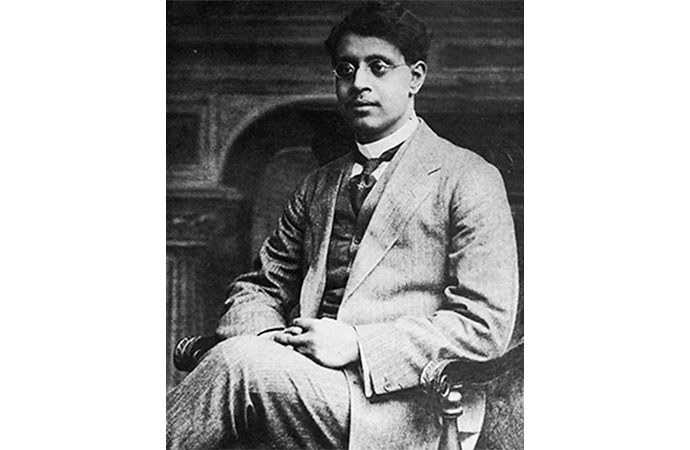
Sukumar Roy. Image: Collected
Part 1
Perhaps the most popular poet in the Bengali speaking world is Sukumar Roy. It's not a rhetorical statement but of simple demography. Just about every middle class child reads him and if one includes school goers the numbers will rise and rise. Parents fearlessly gift their children with his first book of rhymers, "Abol Tabol" knowing that it's the most entertaining and harmless book possible, a collection of 'nonsense rhymes" as people know it to be.
But that's only one kind of reading for within that lies a web of construction of imageries that children and adults both find amusing but also much more complex as it also serves a critique of the colonial hybrid culture of which the poet himself was part of. That in essence, it's also an exercise of trying to understand the hybrid self that is constantly invented by every culture and more so when colonialism shakes hands with local ones.
The family
He portrays the peak of the Bengali Kolkata based colonial middle class which at his time was both a collaborator and also a critic. It was not just about his own social environment but family markers too. His father Upendra Kishore Roy Chowdhury upgraded from an average educated aspirant middle class citizen to the established higher class through adoption by the local zamindar of Mymensingh. That changed the track of his personal and family history.
Thus class was a major factor in his space in the limelight. His family had become the ultimate elite, from the professional to the zamindar profession, the perfect colonial combo elite. And the Roys, from Upendra to Sukumar to Satyajit and Sandip all delivered. They were all not just gifted but also in apposition to find fulfillment of the same.
Upendra used his skills to become U. Roy -a printing specialist and later editor of "Sandesh", the first children's magazine that was "global" in outreach and high quality. Children were the perfect audience for the "reformed" colonial collaborationist stance -the dominant one in liberal society.
It was speaking to an educated sophisticated audience that benefited from colonialism but was ready and able to point out its errors. Soon it was also successfully able to contest colonialism and its major decisions including for example, the Partition of Bengal in 1905. The Babu elite had changed and both Upendra and Sukumar served it well.
Yet it was also a time of change, a period of competition with other groups, zones and communities becoming conflicts. In that period, when Kolkata was facing a contest from the margins - the vast East Bengal and its own indigenous elite which Upendara had left behind, the matrix had changed. Three histories -Bengal-Kolkata- London swirled and within that one needs to look for Sukumar Roy and the meaning of his imagination.
Becoming Sukumar Roy
Sukumar was very much a liberal elite and went to London in 1912 to study print technology, photography etc. And that is what made him different. He was not getting a general degree but one linked to work, a practical skills related education. This was to be the basis of his later growth and mission as well.
Very interestingly, one of the things he did was support Tagore while in London and it's said he was instrumental in introducing his work to the British during the period 1912-3. In other words the congruence of his work and that of Tagore was already happening. Both were produced by the colonial culture and economy, and both were critics also of colonialism. He returned to Kolkata and began working on the family printing press shop and the Sandesh magazine which now began to bear ideas and imagination.
What made Sukumar Roy distinctive was the hybrid nature of his imagination and it wasn't just criticism but a non-fundamentalist approach to the production of literature which included the use of satire as a tool of expression. Familiarity with Western works and literature including Lewis Carol, Jonathan Swift and other European satirists was very significant. Thus he was not being produced by one but several streams and not just colonialism. The nature of his imagination therefore has multiple interpretations.
(Continued)












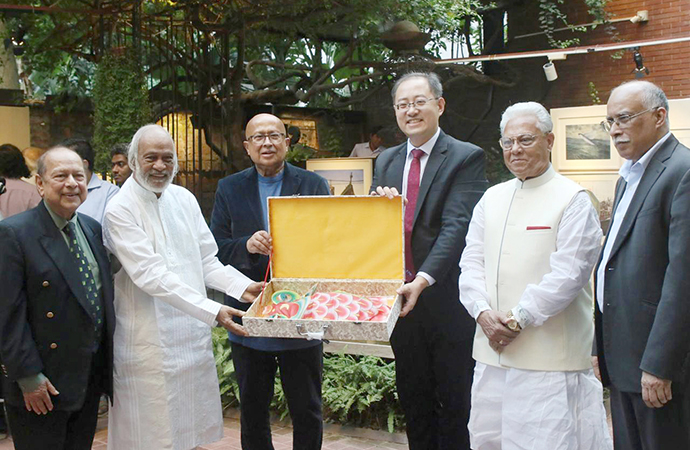

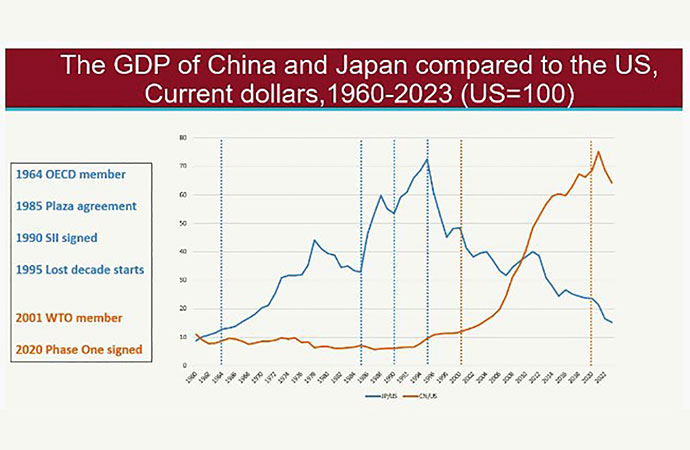




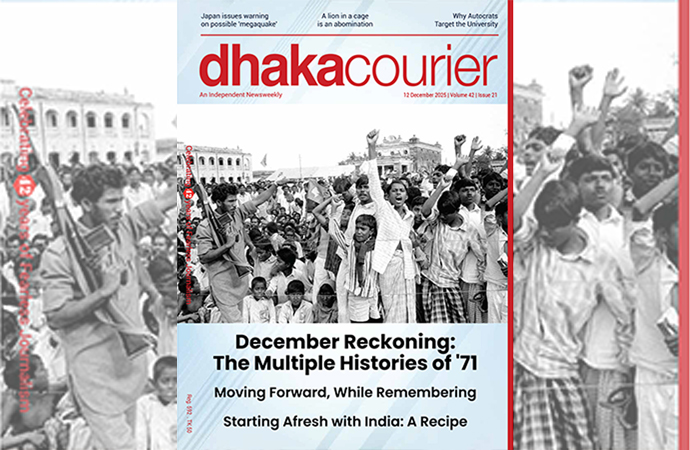
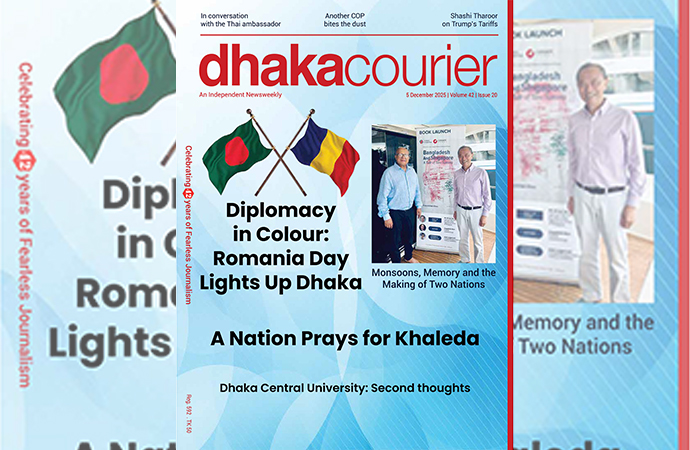

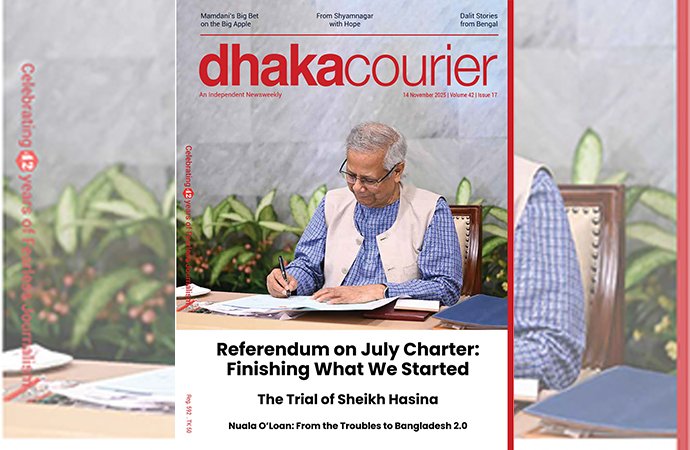
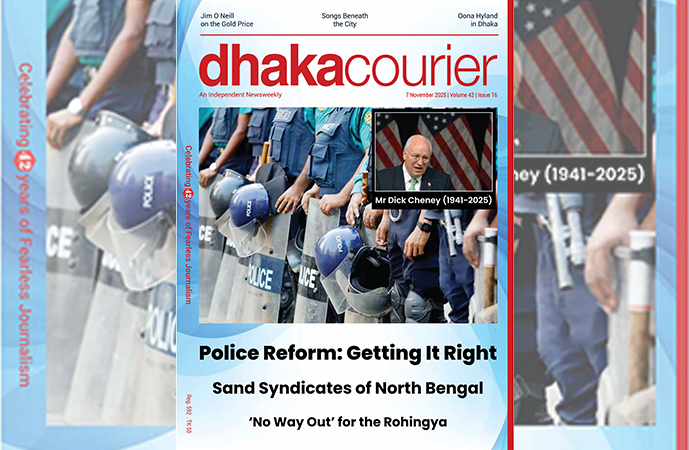
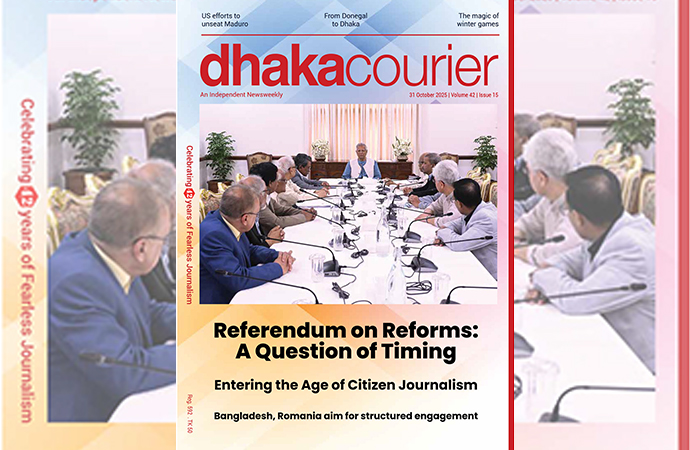
Leave a Comment
Recent Posts
Right On Schedule
The most eagerly anticipated, and frankly hyped up, announcement of an ...
Fighting raged along the borde ...
Fighting raged along the border of Cambodia and Thailand, with explosi ...
ICIMOD drives regional cooperation to inspire new mo ..
The Cage of Captivity and the Cry for Freedom: A Cru ..
Why Japan issued an advisory for a possible megaquak ..
The Autocrats’ War on Universities